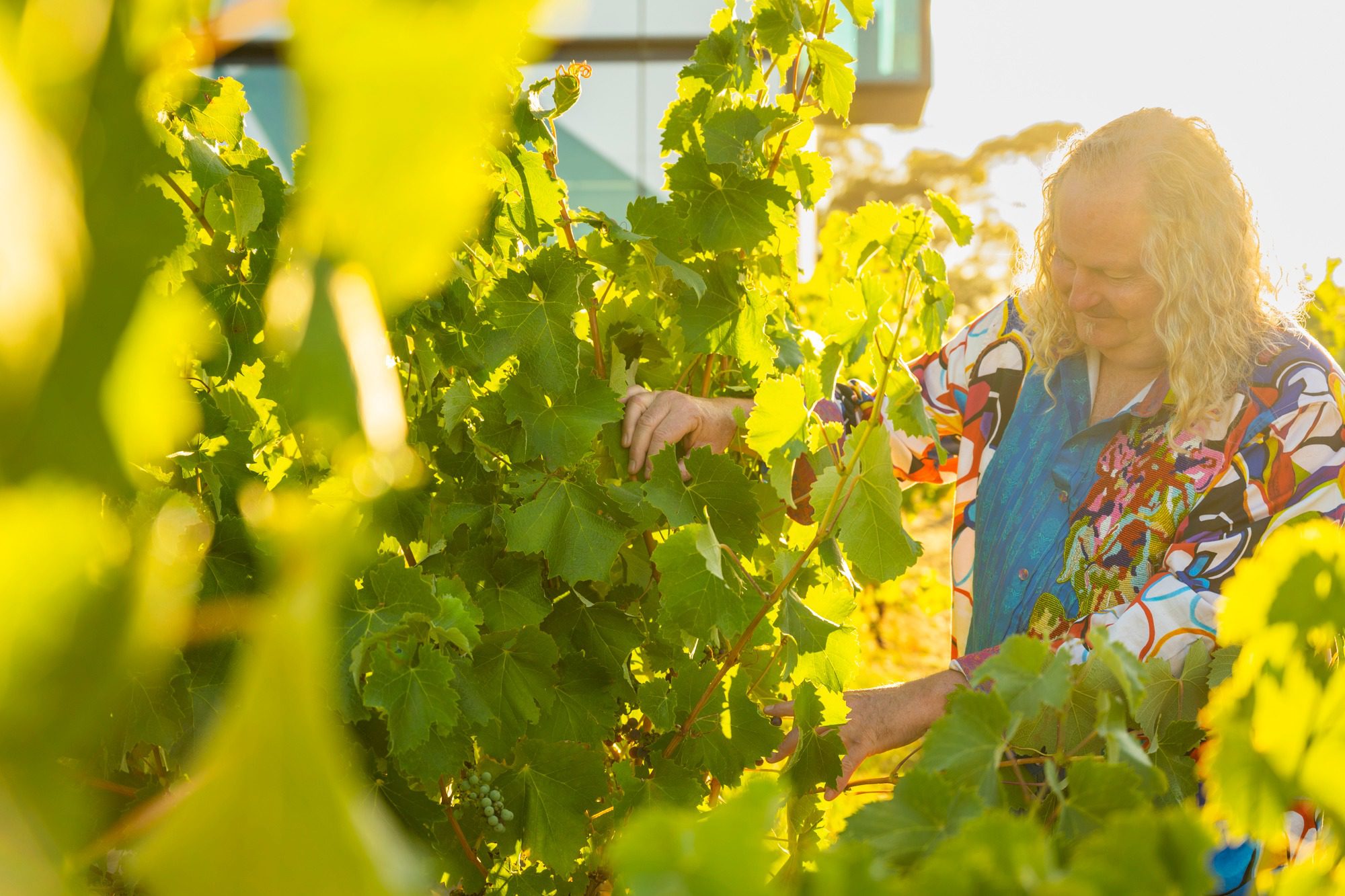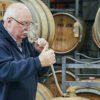
Australia’s First Families of Wine (AFFW) has called on the Federal Government to introduce key initiatives to address critical challenges facing the Australian wine sector.
“Initiatives notably absent in the 2024 Federal Budget,” says AFFW, which is made up of Brown Brothers, Campbells, d’Arenberg, Henschke, Howard Park, Jim Barry Wines, Tahbilk, Taylors, Tyrrell’s Wines and Yalumba.
Chester Osborn, chairman of AFFW and CEO of d’Arenberg says the global wine oversupply, high interest rates, rising operational costs due to high inflation, previously imposed Chinese tariffs, environmental challenges and a market supressed by cost-of-living pressures, both domestically and in critical export markets, have wreaked havoc on the wine industry which is now in crisis.
“Many winery owners are communicating that this period is the most challenging period they have ever faced,” he says. “Even more challenging than the mid-1980s when the now-infamous vine pull scheme was introduced.”
AFFW says the most concerning symptom is an enormous surplus of unsold bulk red wine, with Wine Australia reporting that red wine stock levels are now at 2.77 times current annual sales forecast.
The organisation says that while the impact of Chinese tariffs on Australian wine has been widely reported, the problem is much larger.
The current surplus is about 10 times the amount of wine sold to China at its pre-covid peak.
“Furthermore, the market has changed,” Osborn says.
“Wine consumption in China is estimated at about half its pre-covid levels and the absence of Australian imports has seen the void filled by other international winemakers such as South America and South Africa.
“Under current conditions it will take many years to clear the industry’s red wine surplus.
“China will not solve the problem.
The solution is far from simple and requires action on both the supply and the demand side of the equation.”
Tough calls needed
Yalumba’s Robert Hill-Smith says some tough calls need to be made.
“This current state of play is not a market cycle waiting for self-correction, it requires permanent restructuring of supply and capacity,” he says.
“To ensure long term sustainability, the sad reality is that inland and other regional red grape producing vineyards need to be removed and the industry needs to be drastically downsized by twenty-five to thirty percent.”
AFFW calls on the Federal Government to provide assistance in the form of supporting an environmentally-friendly exit from the industry for grapegrowers that need it.
This assistance could take the form of covering the cost of removal and destruction of treated pine posts, dripper tube and wire.
AFFW believes that much of this could have been avoided if Government had acted sooner to support the industry in promoting itself internationally.
“The cost of which would be a fraction of what will be lost, but the true cost doesn’t end there,” says Osborn.
“While the value of the assets would be in the billions, vineyards are not commodities.
“The real investment is the time, patience and sheer hard work that goes into developing and maintaining them, that is what the industry stands to lose.”
On the demand side, AFFW believes the quality and pedigree of premium Australian wine is still desirable in overseas markets but in the current climate the costs attached to marketing and promoting internationally are a very real barrier for struggling wine producers.
Tahbilk’s Alistair Purbrick says immediate support is required.
“While we positively acknowledge the creation of the One Grape & Wine Sector Plan, we urge AGW to now quickly create the short- and medium-term strategic activity plans which are required to ensure positive financial impacts to our industry,” he says.
AFFW is seeking government support in the form of grants and subsidies to restore and develop critical export markets which will go some way towards alleviating the current oversupply and lay an important foundation for future success.
The Australian wine industry generated $45.5 billion for the economy in 2019.
Much of that value is to regional employment and local economies around the nation, contributing 163,790 direct and indirect, full and part-time jobs in the same year.
‘Reinstate the Export Market Development Grant’
AFFW says that an investment of $150 million represents 3.3 percent of the industry’s economic value and should be distributed in the form of:
- Government subsidy for marketing and travel including a proposed subsidy of 50-70 percent for marketing and travel costs to enable Australian wineries to effectively promote their products in key international markets; and
- Reinstatement of the Export Market Development Grant (EMDG) and removing the eight-year claim limit for wineries for expenses related to trade shows and marketing.
AFFW highlights the $63.7 billion (2022) US wine market as an opportunity for Australian wine having enjoyed historic success.
“Government supported marketing initiatives during the 1990s saw Australian wine producers travel the length and breadth of the US extolling the virtues of Australian wine on mass,” AFFW says.
“What followed was a period of sustained success in the market.
“Indeed, the early 2000s was an exciting time for Australian wines, exporting around $960 million of Australian wine a year in 2007. Progress was abruptly halted by the GFC in 2008, and in the aftermath a strengthening Australian dollar ensured any previous momentum was lost.”
Funds need for US marketing
AFFW say the timing is right for this proven market development strategy to be revisited, but while Wine Australia has activity planned in the US, without financial support from government it is unlikely to have the required impact.
“Recent visits by members confirm that our absence from the US market is conspicuous and harming sales,” Osborn says.
“The harsh truth is most of the industry are not making enough money to travel and promote their wines.”
The appeal underscores the urgent need for strategic support to overcome the current industry crisis and capitalise on the global competitiveness of Australian wine.
“In January, as CEO of d’Arenberg, I wrote to seventeen members of Federal Parliament and South Australian Senators outlining my concerns,” Osborn says.
“As a next step, AFFW as a group will seek meetings in Canberra to discuss a way forward for our industry at this critical time.”
AFFW reiterates that recent vintages are strong and Australian wines are competitive on the international stage and “only getting better”.
“Much of the wine sitting in tanks is of a very high quality,” says Osborn.
“In time, structural change and the necessary support to promote our wines globally can alleviate the significant issues we face and return a sustainable future for an important Australian industry.”
Related content













Recent Comments